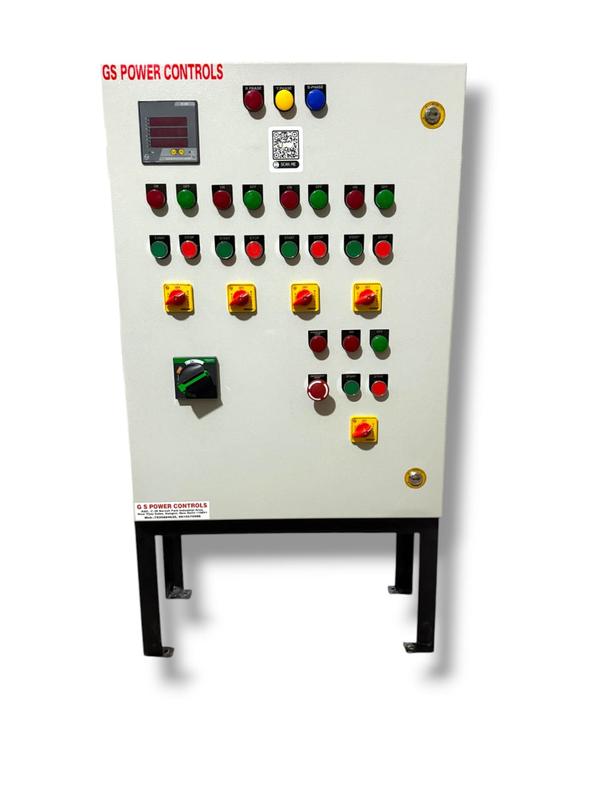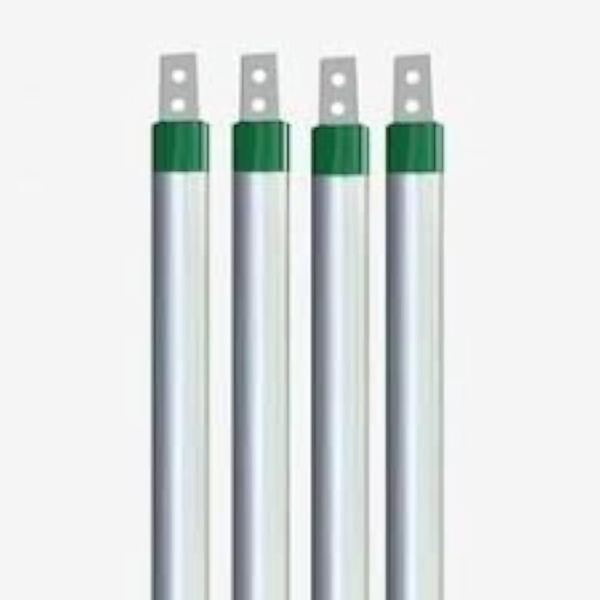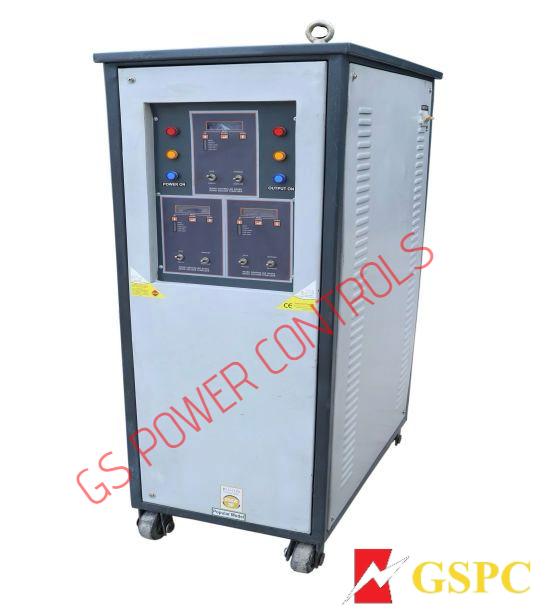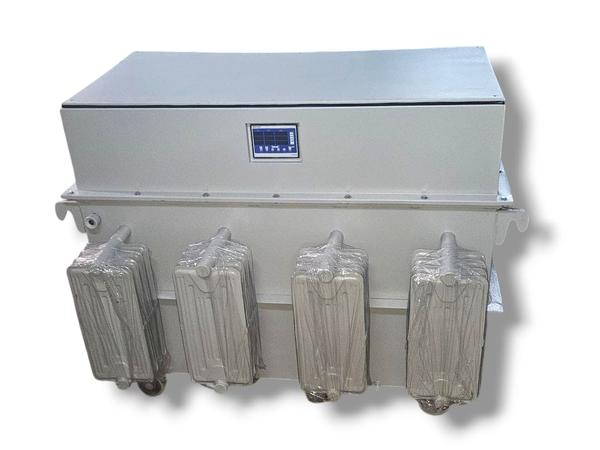Description
Product details
33kV Control and Relay Panel (CRP)** is an essential component in the protection, control, and monitoring of electrical systems, specifically designed for 33 kV (kilovolt) power distribution networks. These panels are used in substations or industrial settings to safeguard electrical equipment, ensure reliable operation, and minimize damage in case of faults. Here's a breakdown of its key features and functions: ### Key Components of a 33kV Control and Relay Panel: 1. **Control Circuitry**: - **Switchgear**: Includes breakers, switches, and fuses that can disconnect faulty equipment from the network. - **Control Switches and Indicators**: Used for manual operation and indicating the status of various electrical components (ON/OFF, trip, etc.). 2. **Relay Protection System**: - **Overcurrent Relay**: Protects against excessive current, ensuring that the system disconnects if the current exceeds a set limit. - **Differential Relay**: Detects differences in current between two points, identifying internal faults in transformers or feeders. - **Distance Relay**: Protects transmission lines by measuring the impedance to fault locations and determining when to disconnect. - **Earth Fault Relay**: Detects faults to earth (ground), crucial for ensuring safety in power systems. 3. **Metering Equipment**: - **Voltage and Current Meters**: Used for monitoring the voltage and current levels within the panel and associated electrical equipment. - **Power Factor Meter**: Measures the power factor to ensure the system is operating efficiently. 4. **Busbar Protection**: - Ensures protection of the busbars (a metal bar used to collect power from incoming feeders), and disconnects them if a fault is detected. 5. **Control and Monitoring Panel**: - Provides a user interface to control and monitor the operation of the electrical network. - Displays operational parameters such as voltage, current, fault status, and alarms. 6. **Communication Equipment** (optional): - Some advanced CRPs have SCADA (Supervisory Control and Data Acquisition) systems or remote communication features, allowing operators to monitor and control the system remotely. ### Functions of a 33kV Control and Relay Panel: 1. **Fault Detection and Isolation**: Identifies faults within the electrical system (overcurrent, short circuits, earth faults, etc.) and isolates faulty sections to protect equipment and ensure safety. 2. **Monitoring**: Continuously monitors electrical parameters like voltage, current, and power factor, allowing operators to ensure optimal operation of the system. 3. **Control**: Provides manual and automatic control of various electrical components such as circuit breakers and isolators to operate the power system in a safe and reliable manner. 4. **Alarming and Signaling**: Generates alarms for abnormal conditions (e.g., overload, fault) and signals to operators to take corrective actions. 5. **Coordination with Protection Devices**: Works in coordination with other protection devices and systems to prevent damage to equipment due to faults. ### Importance of 33kV Control and Relay Panels: - **Safety**: Protects both the electrical equipment and personnel working on or near the system. - **Reliability**: Ensures uninterrupted power supply by quickly isolating faults and minimizing downtime. - **Automation**: Modern panels come with automated features that enhance the efficiency of monitoring, controlling, and protecting the system. - **Remote Monitoring**: With SCADA systems, operators can monitor and control the network from distant locations, improving response times. ### Design Considerations: - **Panel Size**: The size of the panel depends on the number of circuits and protection relays it needs to accommodate. - **User Interface**: Clear labeling, easy-to-read indicators, and intuitive controls enhance operability. - **Cooling and Ventilation**: Proper airflow is necessary to prevent overheating of components within the panel. - **Environmental Factors**: The design must account for the installation environment, such as temperature, humidity, and dust levels.






